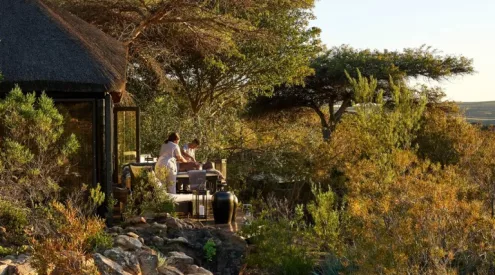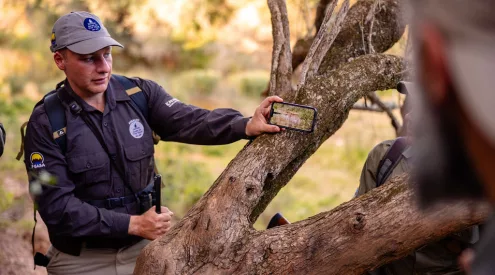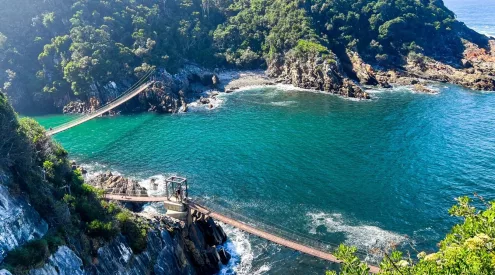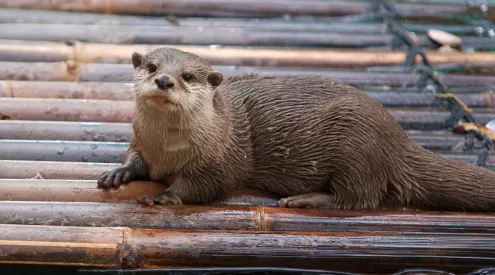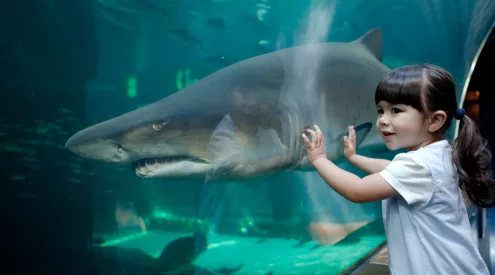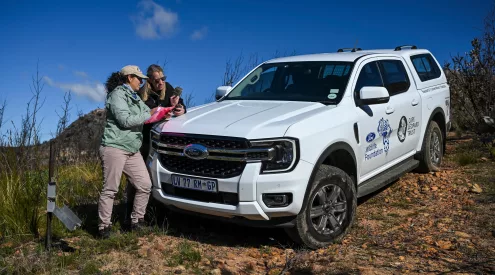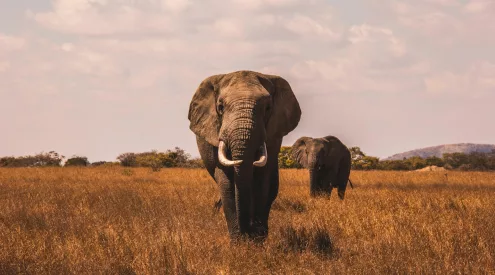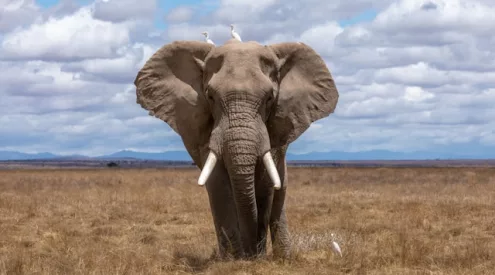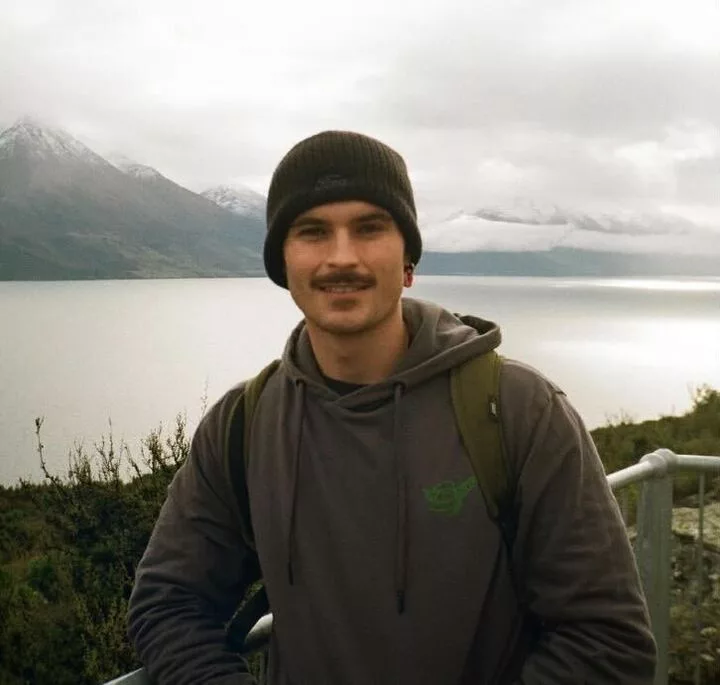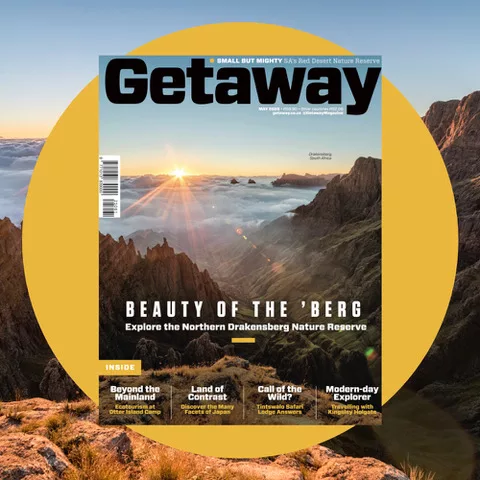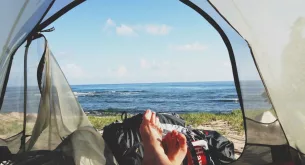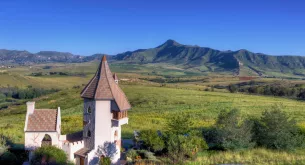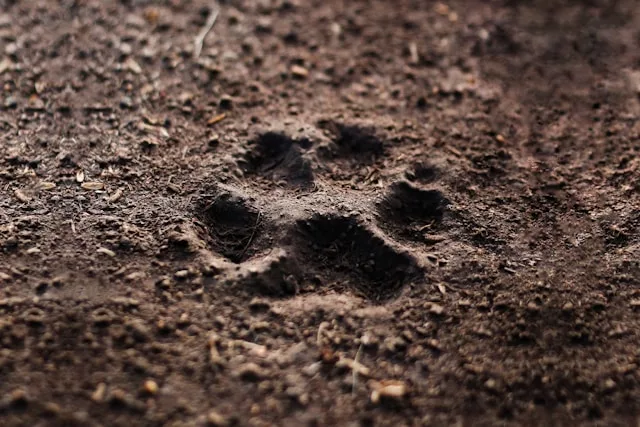
Image: Unsplash / Nathalia Arantes
For as long as humans have roamed the African wilderness, tracking has been a vital skill—connecting people with the natural world and its wild inhabitants. Today, in game reserves and wild spaces, the ancient art of tracking is not only a survival tool but a way to deepen our understanding of the bush and its intricate ecosystems.
ALSO READ: What animal tracking can teach you about life
What is tracking?
Tracking is the practice of reading the signs that animals leave behind—from footprints and droppings to broken branches and subtle shifts in the soil. It’s often described as “reading the language of the bush,” because experienced trackers can piece together these clues to tell a story: What animal passed by? When? What was it doing?
In the hands of a skilled tracker, the bush becomes a living book, full of hidden narratives waiting to be uncovered.
Why tracking is critical in the bush
Tracking is about more than finding animals for viewing or photography. It plays a key role in conservation, research, and the management of wildlife areas. Here’s why this skill matters:
-
Conservation and anti-poaching: Trackers help protect endangered species like rhinos by following poachers’ trails and monitoring animal movements.
-
Ecological balance: By understanding where animals are feeding, nesting, or moving, trackers provide valuable data that helps manage game reserves and national parks sustainably.
-
Safety: Whether on foot or in a vehicle, guides rely on trackers to keep guests safe by knowing where large or dangerous animals might be.
-
Cultural heritage: Tracking is a living link to the knowledge systems of indigenous communities, such as the San, who have practised this skill for thousands of years.
What it takes to become a tracker
Developing tracking skills requires time, patience, and a keen eye. Many South African trackers learn through mentorship—spending years alongside experienced guides and elders. Today, formal training through organisations like the Tracker Academy helps keep these skills alive and respected, blending traditional knowledge with modern conservation practices.
Learn the basics: how to start noticing tracks
If you’re keen to start “reading the bush” on your next safari or hike, begin by slowing down and paying attention to the ground. Look for:
-
Spoor (footprints): Notice the size, shape, and pattern of tracks.
-
Dung: Different animals leave different types of droppings—each with its own clues.
-
Signs of feeding: Chewed leaves, stripped bark, or dug-up soil.
-
Disturbances: Flattened grass, bent twigs, or scraped earth.
It’s not just about the tracks themselves, but also the context—where they are, what direction they point, and what else is around them.
Why tracking enriches your bush experience
Learning even the basics of tracking transforms a walk or drive through the bush. Every track or sign becomes a connection to the wildlife around you—often animals you’d never spot otherwise. It deepens your respect for nature and sharpens your awareness of the world’s most intricate ecosystems.
So next time you’re out in the wild, take a moment to look down—and start unlocking the language of the bush.
Safety and tracking: what you need to know
Tracking isn’t just about spotting animals—it’s about doing so responsibly and safely. Skilled trackers read not only the signs of animals but also the signs of potential danger. If you’re joining a tracking experience or walking safari:
-
Always go with a qualified guide or tracker. The bush can be unpredictable, and trained professionals know how to interpret signs and assess risks in real time.
-
Stay aware of wind direction and noise. Trackers use these factors to avoid startling animals, especially large species like elephants, buffalo, or lions.
-
Follow instructions carefully. If a tracker signals to stop or retreat, it’s for good reason. Reading animal behaviour and knowing when to back off is key to staying safe.
-
Never attempt tracking large or dangerous animals on your own. The bush demands respect—and experience.
Follow us on social media for more travel news, inspiration, and guides. You can also tag us to be featured.
TikTok | Instagram | Facebook | Twitter
ALSO READ: A day with the Cape Leopard Trust and Ford at Klipbokkop

